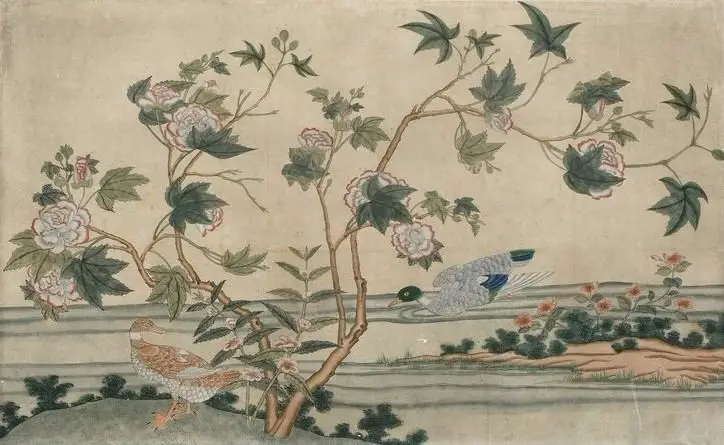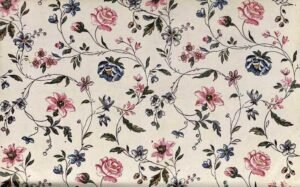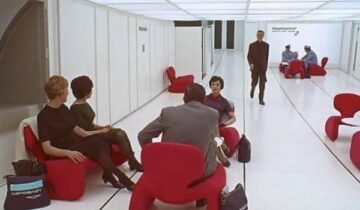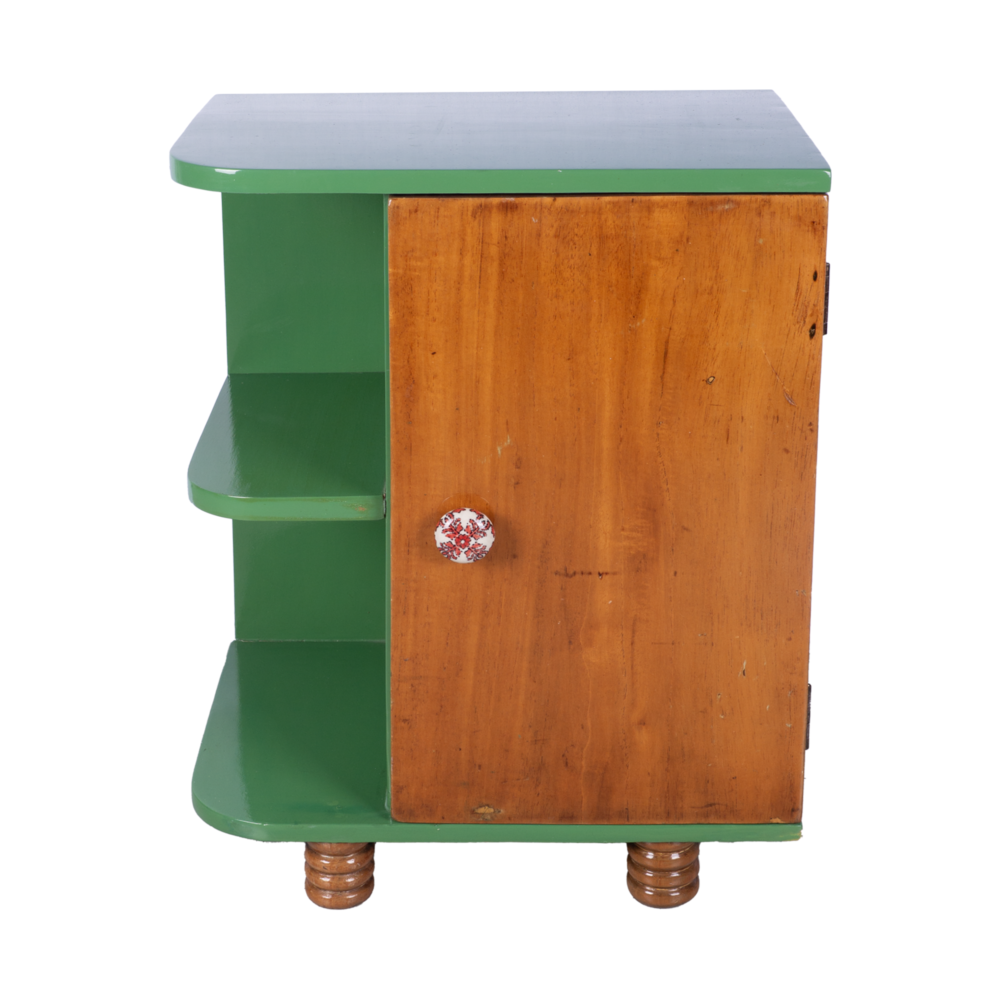Have you ever wondered about the rich history and significance of historic wallpapers? Let’s embark on a journey through time to explore how wallpaper has been used to adorn architecture and reflect the cultural and artistic movements of each era.
Visual time capsules that offer a glimpse into the past.
By studying the patterns, colors, and motifs of old wallpapers, we can gain valuable insights into the social, economic, and artistic trends of different periods. The history of wallpaper is a rich tapestry that reflects cultural, technological, and artistic evolutions across centuries. Originating as a cost-effective alternative to luxurious wall coverings, wallpaper has transformed from hand-painted designs to mass produced patterns, mirroring societal shifts and technological advancements.
Paper production was introduced to Korea in the 7th century, followed by Japan.
The history of wallpaper traces back to ancient China. After the invention of paper around 200 BC, the Chinese started to paste white rice paper onto walls for decoration. However, the concept of ‘wallpaper’ as we know it today emerged in 105 AD when a Chinese court official, Ts’ai Lun, came up with the idea of producing wide strips of paper from textile scraps.
Over time, wallpaper continued to evolve. The Arabs, upon encountering the paper-making technique, made significant improvements around the 10th century AD. They replaced linen with wood and bamboo fibers in the manufacturing process.
The initial trade of hand-painted wallpaper from China took place during the Medieval period, through Venice and the Silk Road. Subsequently, the Portuguese or Dutch missionaries introduced it from the East Indies.
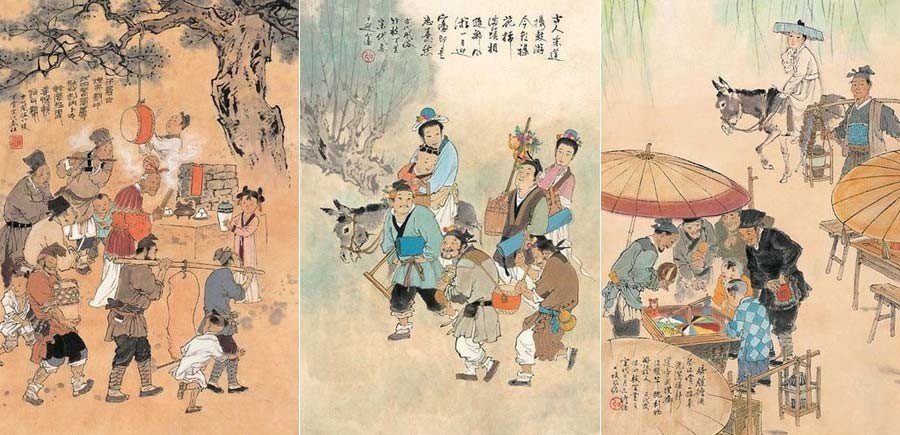
Wallpaper made its way to Europe in the 12th century, thanks to the growing trade with the East. However, the concept of decorating walls was already prevalent in the Middle Ages. People used to hang gilded leather, known as Cuir de Cordoue, on their walls for both aesthetic and practical reasons. It provided insulation from cold stone walls and added warmth to rooms. Tapestries were another popular wall covering at the time. Paper-based wallpapers were a more affordable alternative to these luxury options, and Cuir de Cordoue was primarily reserved for the wealthy.
Initially, wallpapers were hand painted, but block printing soon became popular, resulting in high-quality products. The first European wallpaper made using this technique depicted the Virgin Mary and dates back to 1418. It can still be seen at the Royal Library in Brussels. In 1481, French King Louis XI commissioned custom wallpaper featuring angels to create a serene atmosphere in his castles.
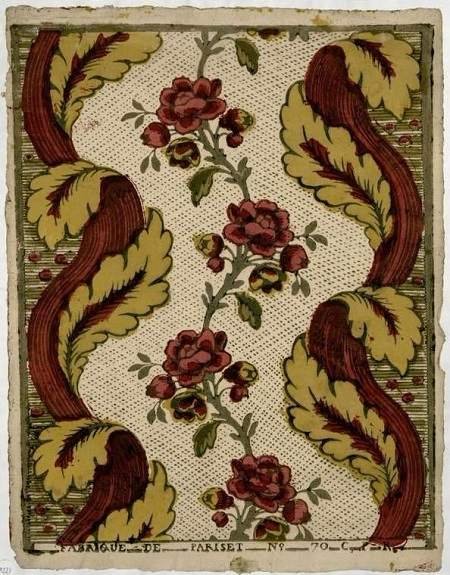
Domino originating from Lyon, 18th century. Pariset. Image: Museum of Decorative Arts, Paris
Beginning in the 16th century, wallpaper production started using block printing to create repetitive patterns. Common motifs included heraldic designs, damasks, and brocades. The oldest known European wallpaper dates back to 1509 and was found at Christ’s College, Cambridge, printed on the reverse side of a proclamation by Henry VII of England.
One of the key figures in wallpaper production during that era was Jean Papillon, who began marketing what he called “paper tapestries” (tapisserie de papier) in 1688. His designs featured floral patterns, leaves, and branches. His son, Jean-Baptiste Michel Papillon, later introduced large-scale compositions that incorporated architectural elements and exotic motifs.
The Rise of Wallpaper in Europe
Wallpaper came to America in 1739, when Plunket Fleeson began printing wallpaper in Philadelphia.
After the French Revolution, Réveillon was forced to flee to England, where he opened a new factory. It was in England that the world witnessed the birth of the first roll of manufactured wallpaper in 1830.
Thanks to Madame de Pompadour, who replaced the tapestries in her palaces with wallpaper imitating damasks, silks, and brocades, wallpaper decoration became popular among the French aristocracy.
In early America, colonials copied European fashions. After the Revolutionary War, Americans set up workshops of their own. Paper was all the fashion, from neoclassical looks to rambling roses. American firms made their share of patriotic “commemorative” papers, which we have come to know from trunk linings and bandboxes.

In 1778, Louis XVI issued a decree that required the length of a wallpaper roll be about 34 feet.
Frenchmen, Christophe-Philippe Oberkampf invented the first machine for printing wallpaper in 1785. Frenchmen, Nicholas Louis Robert invented a way to make an endless roll of wallpaper around the same time.
In 1798, lithography was invented by Alois Senefelder in Solnhofen, Germany.
Industrial Revolution: Wallpaper for All
- By the 1800s, French scenic papers printed with hand-carved blocks, some taking as many as 5,000 blocks to produce, were popular.
- In 1839, the English invented a four color surface printing machine with designs hand-cut on cylinders that could print 400 rolls a day. It was invented by the Charles Harold Potter of the calico printing firm Potters & Ross of Darwen in Lancashire, England.
- By 1850, eight color printing was available and in 1874, the twenty color printing machine was invented.
- In 1879, gravure printing, also known as Intaglio, was invented by Karl Keitsch in Austria.
- In 1888, Ferdinand Sichel developed the first ready-to-use wallpaper paste.
- In 1890, flexographic printing is invented in England.
- Wallpaper pasting machines first appeared around the turn of the 20th century.
- Silkscreen printing is said to have originated in Japan and China between 960-1280. Although, it was first patented in England by Samuel Simon in 1907.
- The first mechanical silkscreen machine was invented in 1920.
- In the Victorian era, rooms paraded print upon print, mostly in garish colors, and the advent of machine-made wallpaper put the cabbage rose and arabesque patterns within the budget range of practically every home. Artisans such as Louis Comfort Tiffany and William Morris and their lyrical interpretations of nature, hand-printed by the wood block method, came to symbolize Art Nouveau.
- The Victorian Era, as one would expect, was a grand time for wallpaper featuring over embellished designs featuring somber colors, but it was in the roaring ’20s that wallpaper really took the spotlight for the first time.
- Known as the Golden Age of Wallpaper, some 400 million rolls were sold during that period.
- In 1936, cellulose derivative Carboxymethylcellulose (CMC) made its market debut as Henkel-Zellkleister Z 5, a paste powder that was soluble in cold water.
- After World War II, the entire industry was revolutionized with the appearance of plastic resins which offered stain resistance, washability, durability and strength.
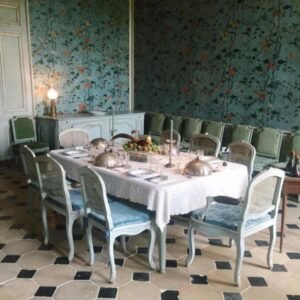
Timeless Beauty
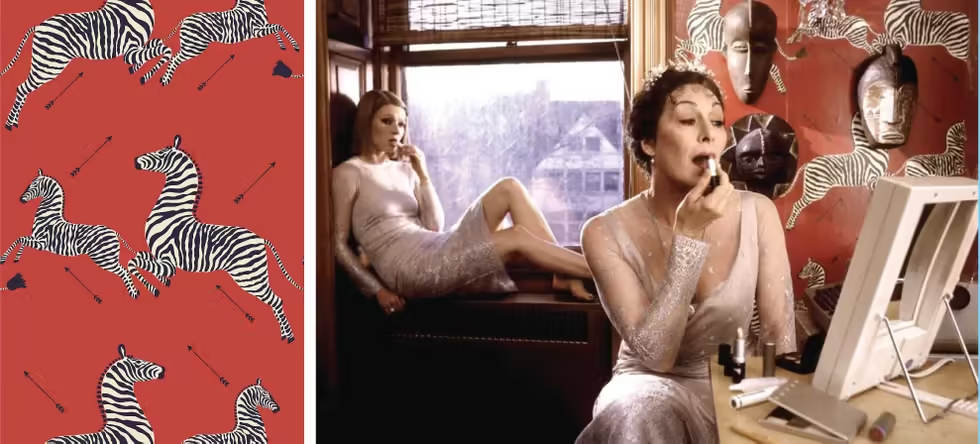
It’s a product with a long history.
Today, wallpaper is experiencing a renaissance. Digital printing has revolutionized the industry, allowing for fully customizable designs and the use of eco-friendly materials. Textures, metallic accents, and oversized patterns cater to modern aesthetics, making wallpaper a versatile and sustainable choice.
From hand-painted designs in the Renaissance to contemporary digital prints, wallpaper has consistently adapted to the artistic and cultural currents of each era. It remains a timeless design choice that tells the story of human creativity and innovation.
The next time you admire a beautifully adorned wall, remember that wallpaper is more than decoration it’s history, art, and a celebration of craftsmanship rolled into one.
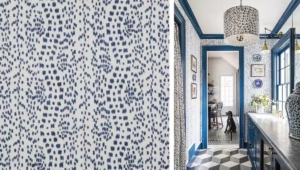
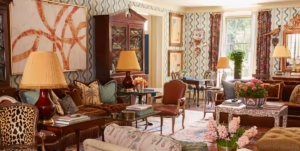
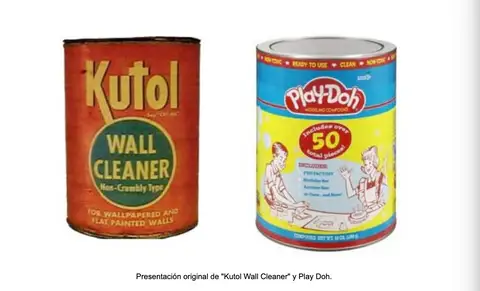
A Curiosity:
In the 1930s, the cleaning products company "Kutol Products" developed a paste to remove stains and soot from wallpaper. During that time in the United States, coal was commonly used to heat boilers and homes, which created a need for a product capable of dry-cleaning walls. The McVicker brothers, owners of the company, faced significant financial losses when homes began switching to gas furnaces, reducing the demand for wall cleaning. In the 1950s, thanks to the wife of one of the brothers who worked at a daycare, they decided to rebrand the product as a toy. This pivot led to the creation of Play-Doh.
